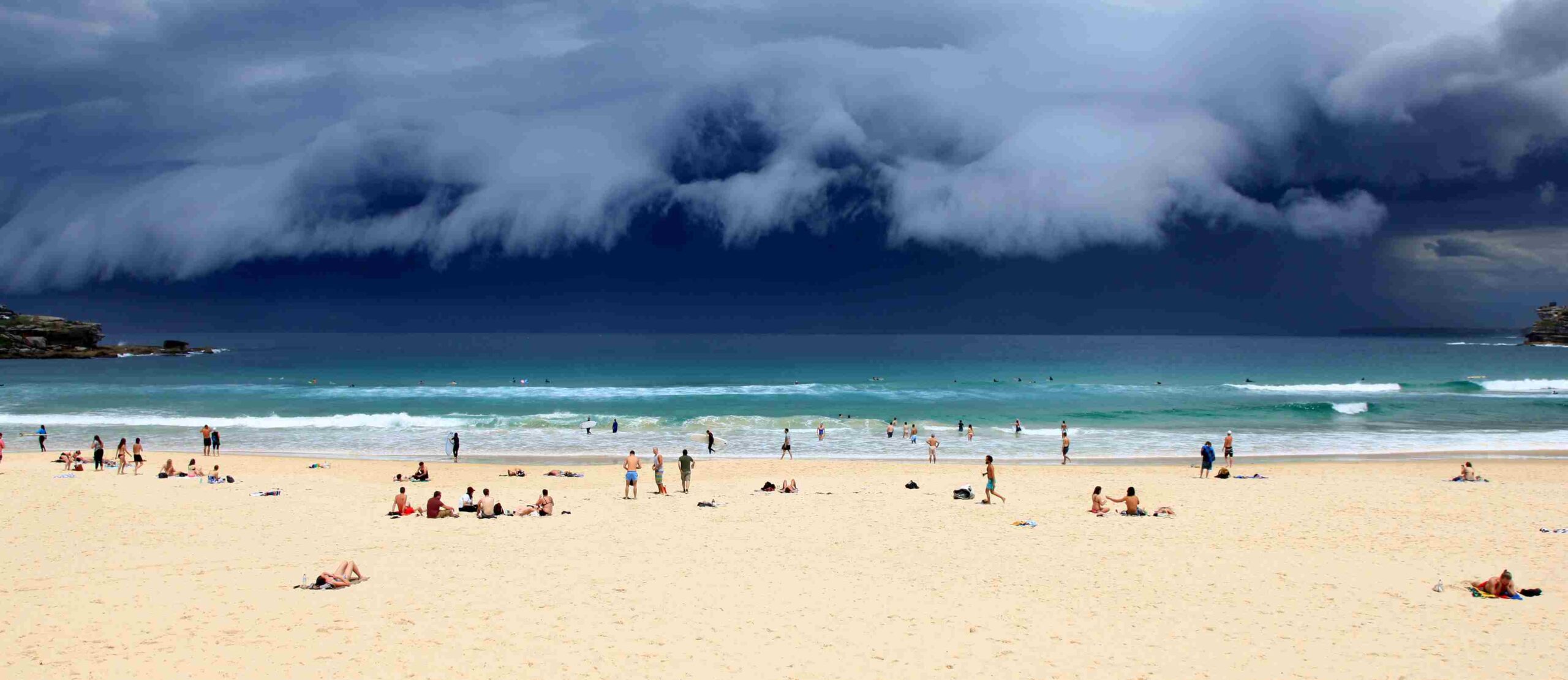How has the weather in Australia changed over the years?
Regardless of your take on what’s causing climate change, the facts are that climates across the globe are, indeed, changing. But how has our weather here in Australia actually changed over the years?
Today, across much of Australia, we’re very well accustomed to sunny weather, with some extreme conditions thrown in on an almost annual basis for good measure.
But it hasn’t always been that way. So, now has our weather in Australia changed?
Back in ye olde days, Australia’s southern climate was characterised by regular snowfall. For instance, Mount Lofty House in Crafers, which is only 13km from Adelaide, was a popular spot for snowball fights – that location experienced the heaviest ever snowfall in South Australian history in 1949. Heatwaves were less frequent back then.
The climate began to exhibit noticeable changes around the mid-20th century. Australia’s average temperature has warmed by around 1°C since 1910, with most of the warming occurring since 1950. This period witnessed an increase frequency of extreme heat events, and led to increased severity of drought conditions during below-average rainfall periods.
Increasing temperatures in Australia
The increased temperature has, as you’d expect, led to more extreme daily heat events, which pose a pretty significant risk to human health and ecosystems.
For example, in 2019, Australia experienced 41 ‘extremely warm days’, nearly triple the highest number in any year before 2000. Additionally, this increase in warmer weather has led to a rise in the frequency of very hot days in summer.
Rising Australian weather temperatures leads to more bushfires
With rising temperatures, Australia has experienced an increase in extreme fire weather and lengthening of fire seasons since the 1950s, particularly in South Australia.
The changing climate has affected temperature and relative humidity, altering fuel moisture content, and resulting in more frequent, larger fires.
Increased fire weather has had a pretty significant effect on Australia’s environment and communities. The Forest Fire Danger Index (FFDI), which estimates fire danger based on temperature, rainfall, humidity, and wind speed observations, has shown an increase in recent decades.
This has coincided with an increased length of the fire weather season, particularly in southern and eastern Australia.
Increase in rainfall in Australia
Over the years, Australia has seen a significant shift in rainfall patterns. There has been a reduction in April to October rainfall across south-eastern and south-western Australia. The drying trend in recent decades across southern Australia is the most sustained large-scale change in rainfall since national records began in 1900.
Conversely, there’s been an increase in rainfall across most of northern Australia since the 1970s.
While overall rainfall has decreased in certain regions, there is evidence that rainfall extremes are becoming more intense.
Observations from weather stations indicate that a higher proportion of total annual rainfall in recent decades has come from heavy rain days, and as the climate warms, heavy rainfall is expected to become more intense, leading to increased instances of flash flooding.
Combined with rising sea levels, this poses an increased flood risk for coastal environments.
The knock on effect of weather in Australia
Of course, it’s impossible to look at a weather event as a singular occurrence, as it has a knock-on effect. A lack of rain combined with a prolonged heatwave, or record-high daily temperatures, for example, have a massive impact on agriculture, human health, fire weather, and infrastructure.
Looking ahead – more climate change in store for Australia?
You betcha. Current projections indicate that these trends are likely to continue into the future, and as climate change progresses, the frequency, magnitude, and impact of some types of compound events are expected to increase, leading to a need for greater resilience in communities across the globe.





Comments (0)
Write a Comment